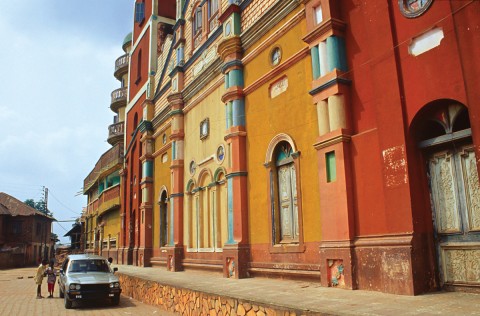In the black Atlantic region, religious identity is formed by routes rather than roots
Faith shaped by migration, diaspora, and slavery

In 1993, British scholar Paul Gilroy published his brilliant and deeply influential book The Black Atlantic, which taught a generation to study issues of race and identity not within any one nation or even continent but rather to comprehend the vast and mobile cultures spanning that ocean. He showed how “blacks have shaped a nationalism, if not a nation, within the shared culture of the black Atlantic.” Over the following decades, later scholars built upon those insights, which at every point prove vital for understanding the past, present, and future of religion in general and chiefly of Christianity.
Anyone familiar with African American religion knows the importance of the African inheritance, even if we might debate exactly how substantial it might be. But the more we use the larger canvas of the black Atlantic, the better we see the constant role of influence and interchange—not just through slavery but through missions and migrations, settlements and recolonization. (One fine work of many on this story is Andrew E. Barnes’s 2017 book Global Christianity and the Black Atlantic.) Indeed, a rare criticism that might be made of Gilroy’s original insight is its emphasis on the English-speaking Atlantic, rather than the whole polyglot transnational dimension. Today more than ever, in an age of mass international migrations, we appreciate Gilroy’s portrait of societies in perpetual movement. So much of modern Christianity is incomprehensible except in terms of that experience of migration and diaspora.
These themes have been on my mind of late after I encountered a particular building that stands in Porto-Novo, the present capital of the nation of Benin. By way of context, in the 18th and early 19th centuries, European maps of West Africa classified regions according to their economic staples. From the Pepper Coast you sailed past the Gold Coast and then past the unashamedly named Slave Coast. That last area, lying between the Volta River and the Lagos Lagoon, includes the modern-day countries of Benin and Togo. The Benin city of Ouidah (Whydah) was a key emporium for the transatlantic slave trade, and those residual memories still make it a harrowing place. Ouidah is also the spiritual heart of the Vodun religion, which has had its impact across the New World under names like Voodoo.





